
Co-Director of UCLA Voting Rights Center Secures Settlement on Texas Voting Rights Case
UCLA lecturer and co-director of the UCLA Voting Rights Center,…
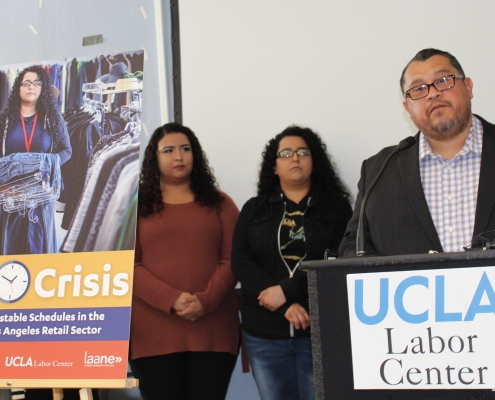
Workers in Retailing Fight for a Fair Schedule
On Saturday, March 2nd, the front page of the Business section…
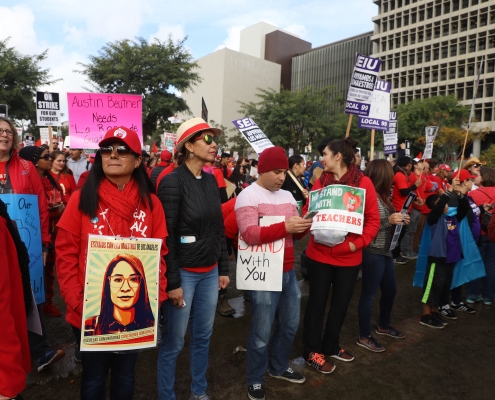
Bargaining for the Common Good: An Analysis of the Los Angeles Teachers’ Strike
By Betty Hung, Staff Director, and Kent Wong, Director, UCLA…
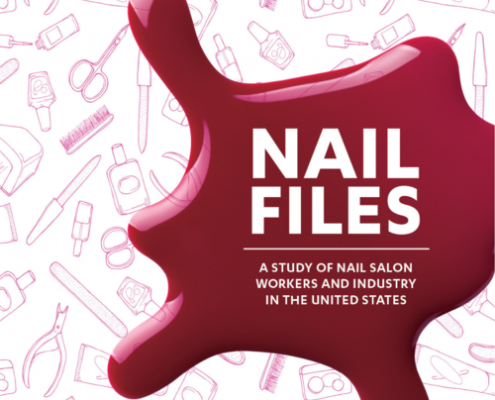
Nail Files: Low-Wage Work in the National Nail Salon Sector
By Preeti Sharma, Saba Waheed, and Vina Nguyen With the…
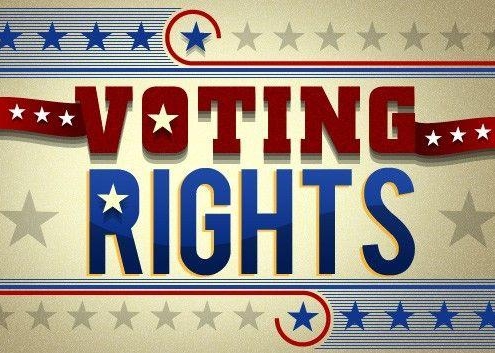
Defending Voting Rights: A Civil Rights and Social Science Partnership in Action
By Chad Dunn, Brazil & Dunn, Attorneys at Law, and Matt…
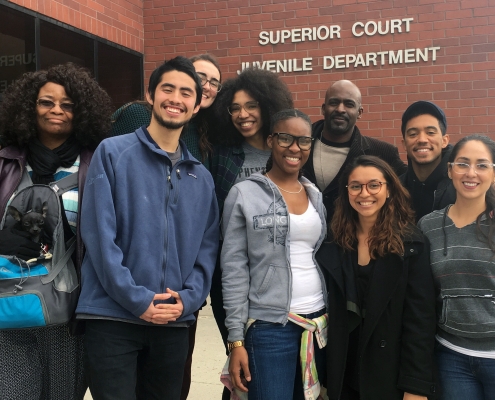
LA Social Science Presents “Conversations with Changemakers” Featuring Bryonn Bain and Rosie Rios – Part 2
By Lara Drasin Read Part 1 of this interview HERE. Bryonn…
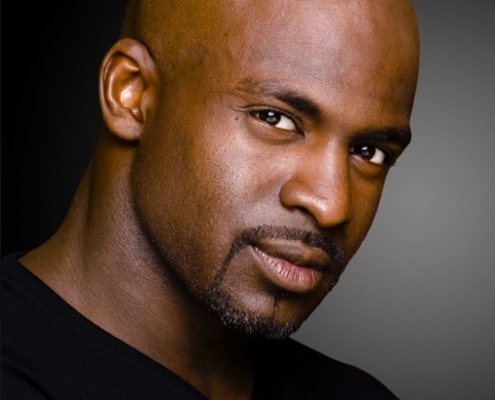
LA Social Science Presents “Conversations with Changemakers” Featuring Bryonn Bain and Rosie Rios
By Lara Drasin Bryonn Bain is a UCLA professor jointly appointed…
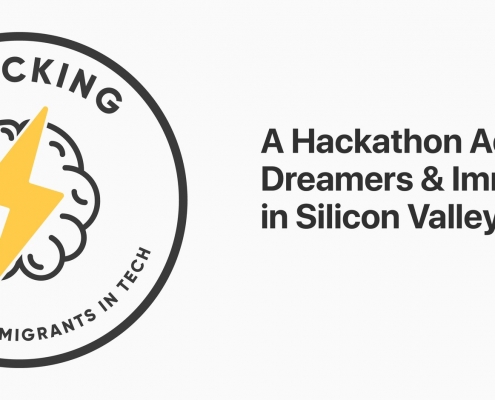
UCLA Dream Resource Center Sponsors Hackathon
By Kent Wong Director, UCLA Labor Center The UCLA Labor…

LA Social Science Presents “Conversations with Changemakers” Featuring Dr. Bill Worger
Dr. Bill Worger, Professor of History at UCLA, is working…
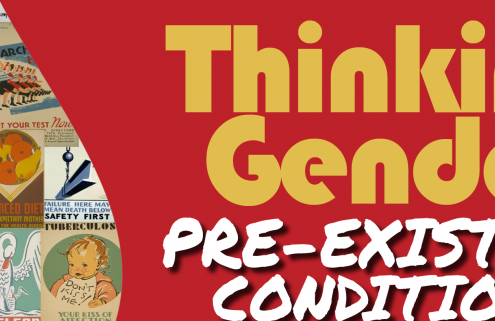
Reflecting on an Evening of Art, Health, & Thinking Gender
By Drew Westmoreland, MSPH, PhD 2018 Thinking Gender Coordinator Thinking…

